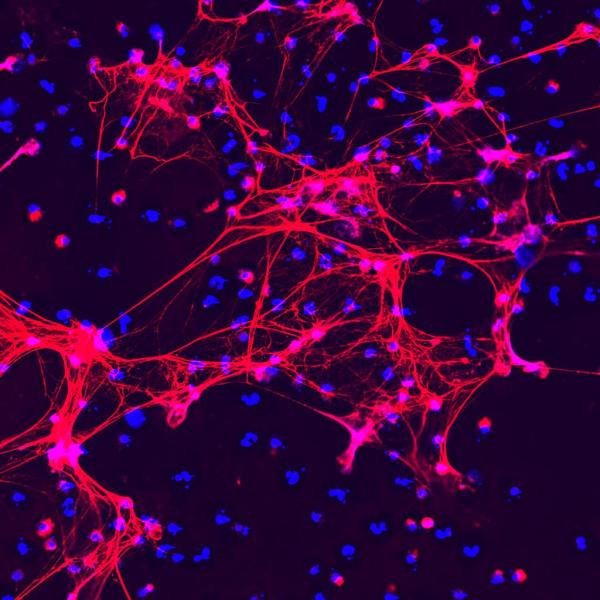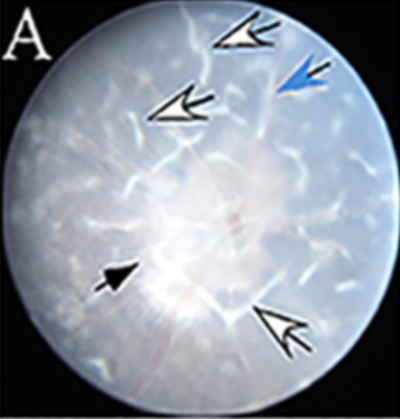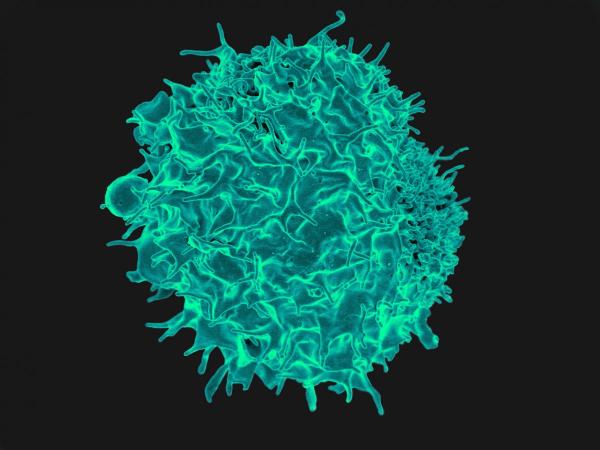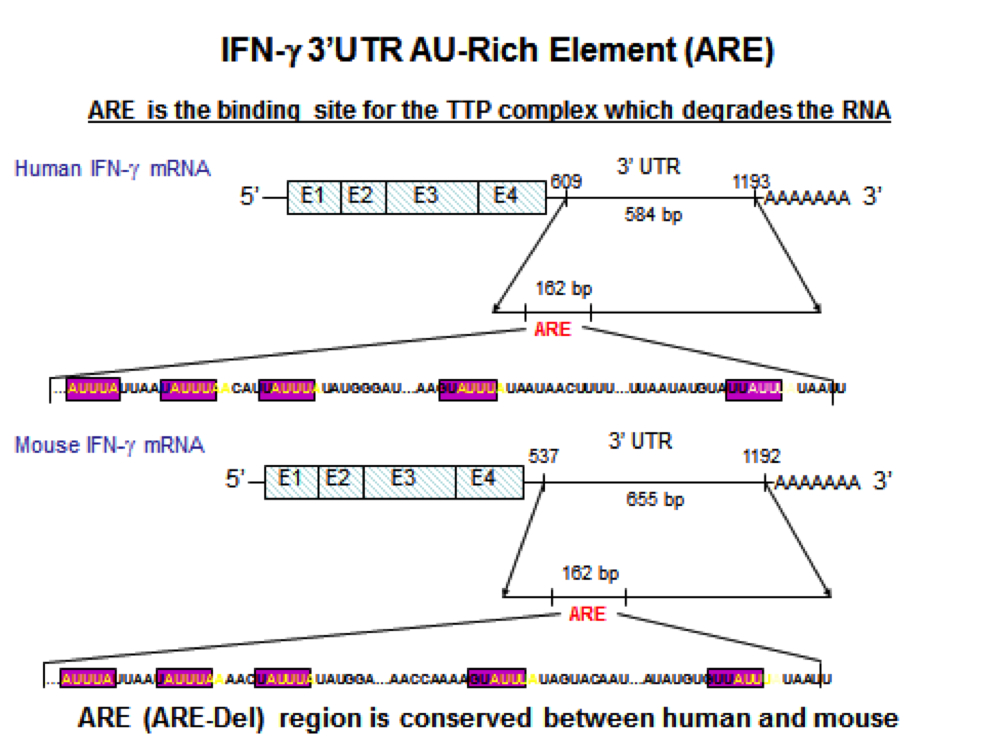Scientists Pinpoint Traitorous Immune Cells in Lupus
Narrower Research Focus Could Aid Treatment for Autoimmune Diseases
Police pursuing a dangerous criminal rely on witness descriptions of the suspect’s specific traits — height, weight, hair color, tattoos — to pick out the perpetrator from a vast population of mostly innocent individuals. Scientists can likewise distinguish between highly similar cell types using cutting-edge laboratory procedures. Using such techniques, IRP researchers have identified a particular variety of cell in a specific stage of its life cycle as a primary culprit behind the autoimmune disease known as lupus.







